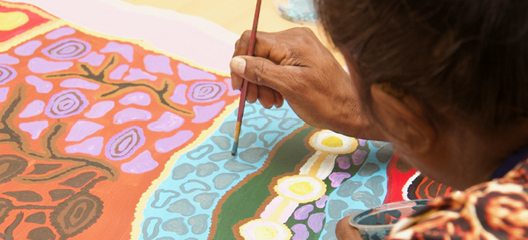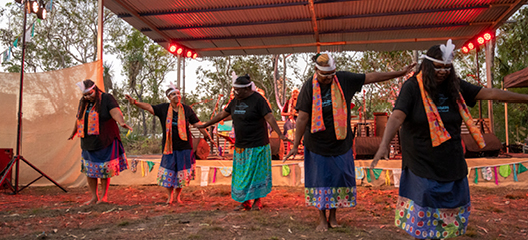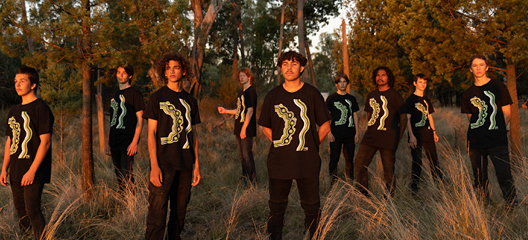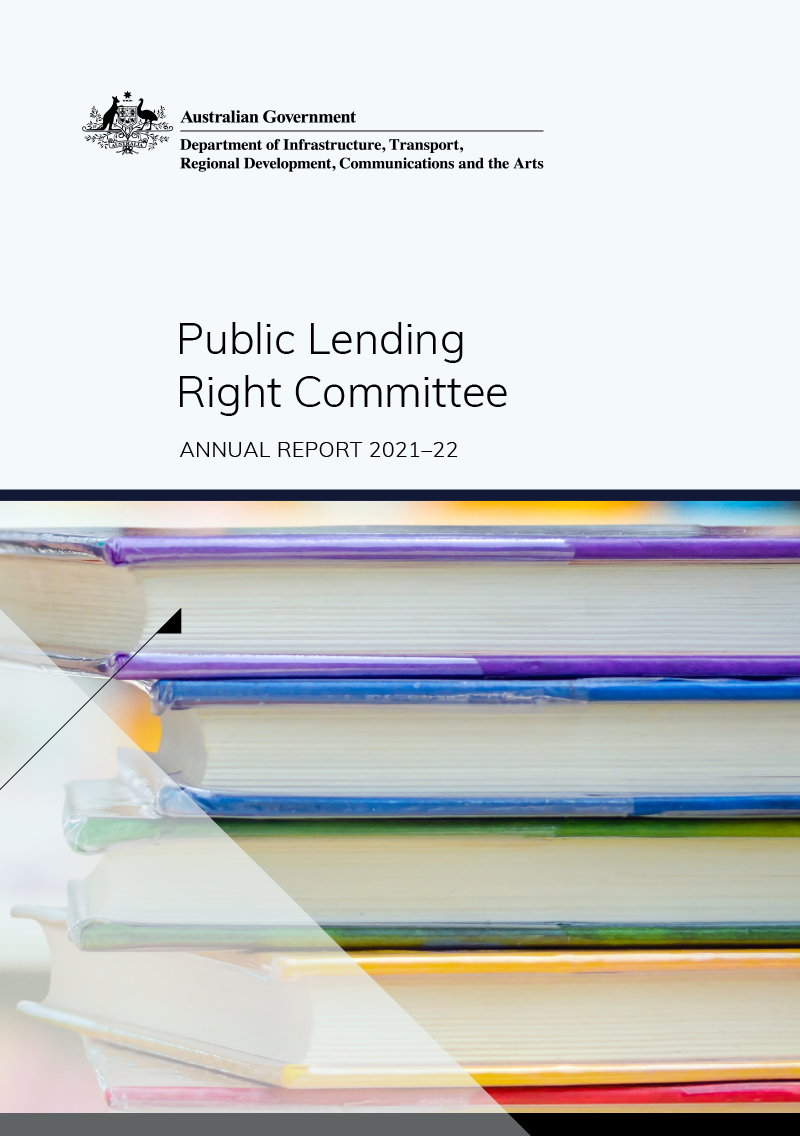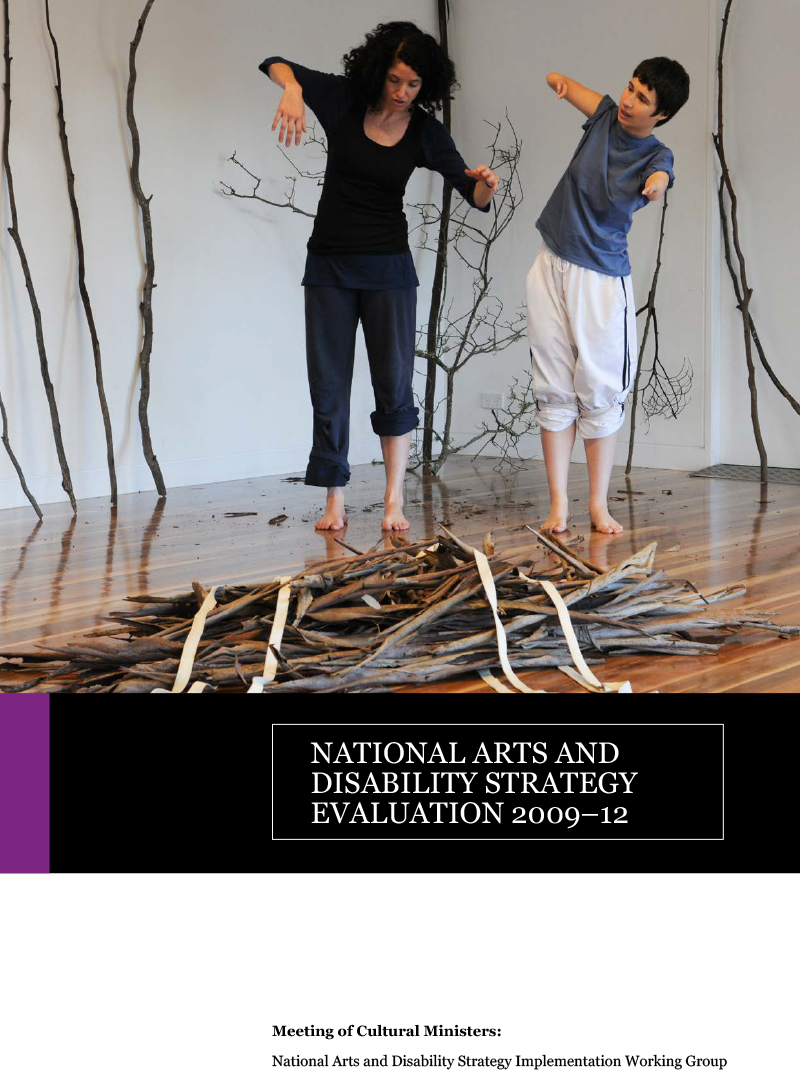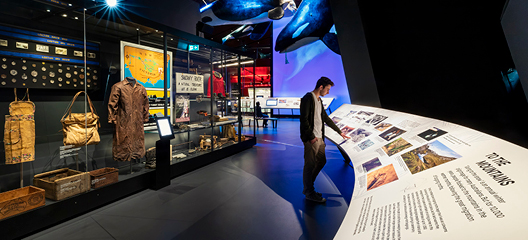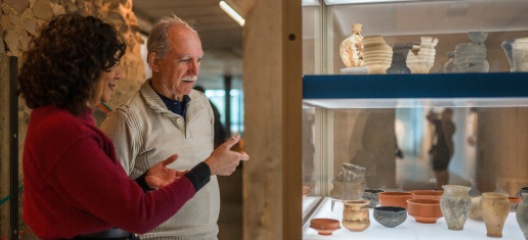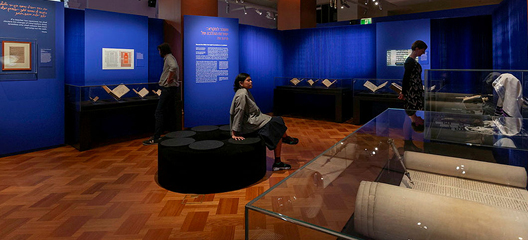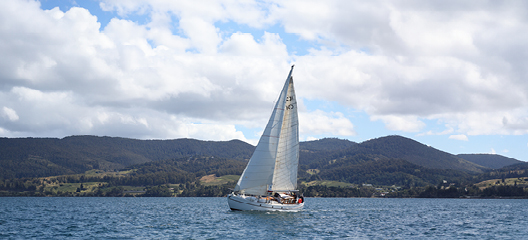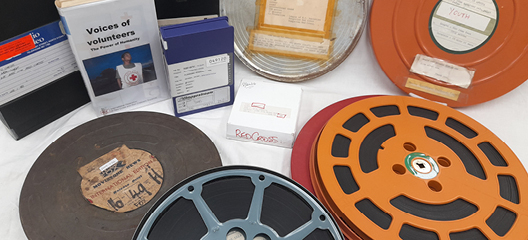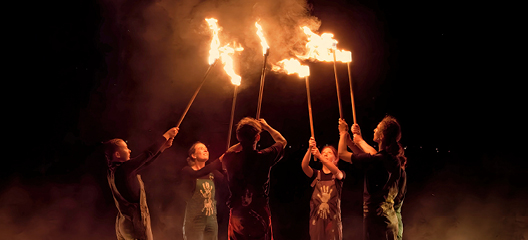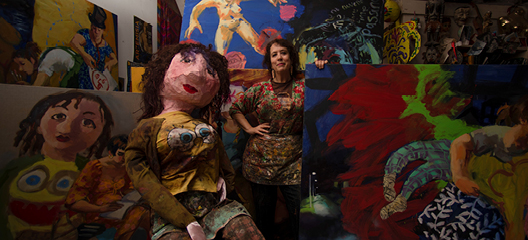- Home
- Who we are
-
What we do
- Cultural heritage
- Regional arts
-
Arts and Disability
- Arts Accessibility
- Arts and Screen Employment Pathways Pilot Program
- Equity: the Arts and Disability Associated Plan
- Implementation Advisory Group for Equity: the Arts and Disability Associated Plan
- Implementation Advisory Group for Equity—Expression of Interest process
- Publications and resources
- Helpful links
- Support at work
- Creative Australia
-
Indigenous arts and languages
- Australian Delegation to the Festival of Pacific Arts 2016
- Australian Government Action Plan for the 2019 International Year of Indigenous Languages
- ILA Program logos
- Indigenous Languages and Arts program
- Indigenous Visual Arts Industry Support program
- International Decade of Indigenous Languages
- National Indigenous Languages Convention
- Review of the Indigenous Art Code
- Stand-alone Indigenous Cultural and Intellectual Property Legislation
- Literature
- Ministerial Intergovernmental Engagement
-
Museums, libraries and galleries
- Alt text for National Cultural Institution Key Performance Indicator Infographics 2021–22—results and trends
- Australian Government International Exhibitions Insurance Program
- Impact of our National Cultural Institutions
- National Cultural Institution KPI Infographics 2020–21—results and trends (including text version)
- Significance 2.0
- The National Collecting Institutions Touring and Outreach program
- National Cultural Policy
- National Indigenous Visual Arts Action Plan 2021–25
- Performing arts
- Screen
- Visual arts
- Have your say
- Funding
- Publications
- News
Funding programs
Latest news

New research sheds light on creative workplaces
New research has investigated how Australia’s creative workforce and economy can best be supported to thrive and create lifelong careers in the arts sector.
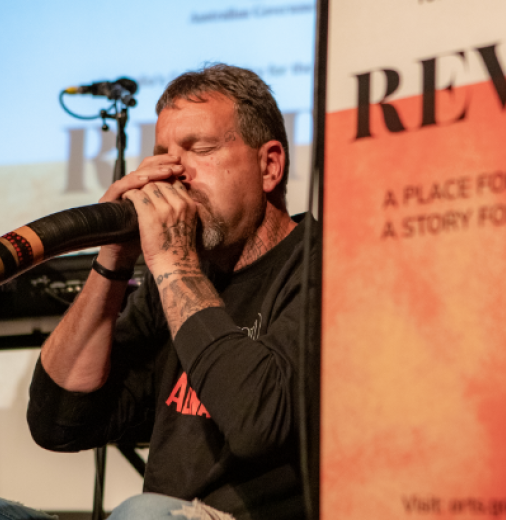
Celebrating a year of the National Cultural Policy
Revive: a place for every story, a story for every place is delivering the momentum Australia’s arts, entertainment and cultural sector needs to thrive and grow.
Have your say

Arts and Screen Employment Pathways Pilot Program
We invited feedback on the development of the new Arts and Screen Employment Pathways Pilot Program to support d/Deaf and disabled artists and arts workers. This consultation is closed.

Review of the Indigenous Art Code
A review of the Indigenous Art Code is underway to strengthen the protections for Indigenous artists and consumers across the country. This consultation is closed.
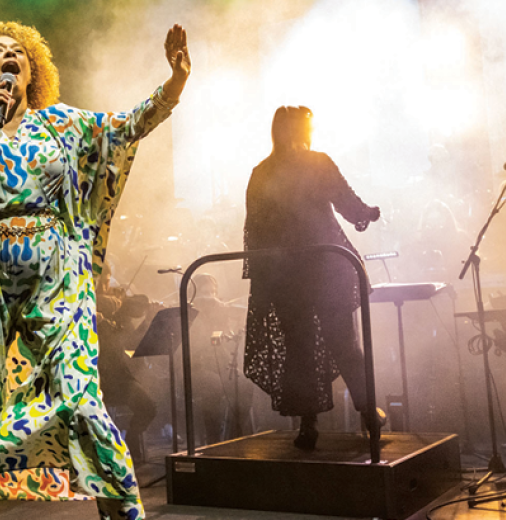
Revive: a place for every story, a story for every place
We developed a national cultural policy for the next 5 years following extensive consultation.

National Opera Review
The Australian Government has released a full response to the recommendations of the National Opera Review final report, which examined the artistic vibrancy, financial viability and accessibility of Australia’s major opera companies.
Latest consultations
Funding programs
What's new

The power of stories
Australian author and journalist Trent Dalton chats all things books, life and lending rights.

Boost for arts projects in regional and remote Australia
A total of 77 arts projects will share in over $1.7 million thanks to the latest round of Regional Arts Fund Project Grants.
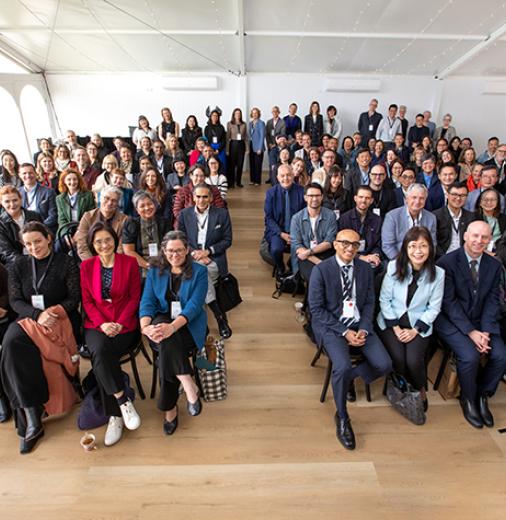
Celebrating Australia and Singapore’s cultural ties
We recently hosted a major meeting and arts industry forum in Adelaide to exchange ideas, stories, practices and experiences with Singapore.
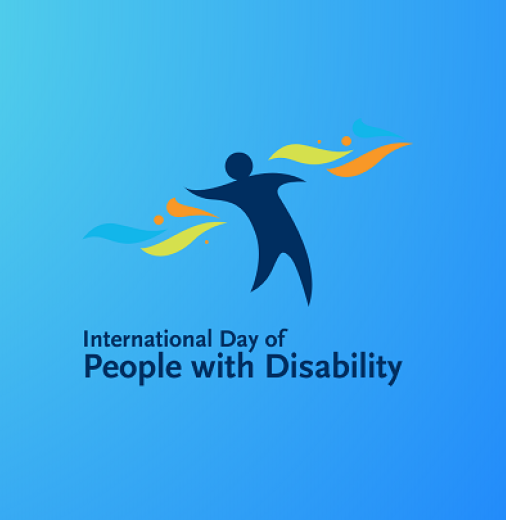
International Day of People with Disability 2025
Our work to support equitable access to the arts for people with disability is full steam ahead.
Support programs
Displaying 1 - 10 of 236

The power of stories
Australian author and journalist Trent Dalton chats all things books, life and lending rights.

Boost for arts projects in regional and remote Australia
A total of 77 arts projects will share in over $1.7 million thanks to the latest round of Regional Arts Fund Project Grants.

Celebrating Australia and Singapore’s cultural ties
We recently hosted a major meeting and arts industry forum in Adelaide to exchange ideas, stories, practices and experiences with Singapore.

International Day of People with Disability 2025
Our work to support equitable access to the arts for people with disability is full steam ahead.
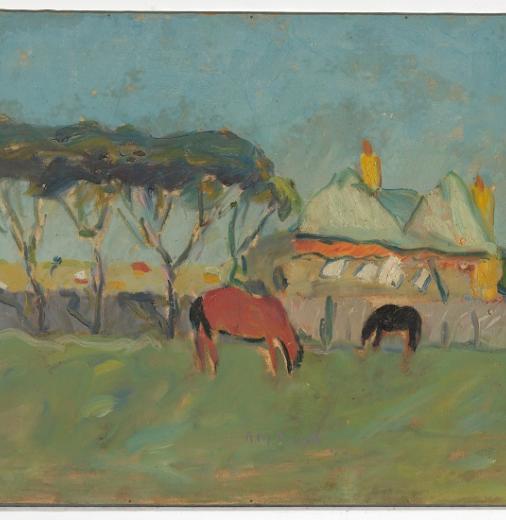
Arthur Boyd returns to Bundanon
The latest artwork loan under the Sharing the National Collection initiative shows that home is where the heart is.

New Australian content laws for streaming services
The laws will bring more Australian stories to our screens and support the local screen industry.

Archaeological objects returned to Egypt
Seventeen Egyptian artefacts have been formally returned to the Government of the Arab Republic of Egypt in a handover held at the Australian Parliament House.
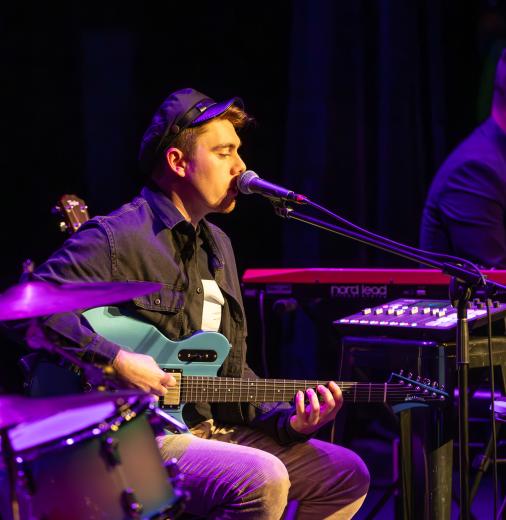
Australia is alive with the sound of music
Live music in Australia is getting turned up through Revive Live grants.

More nationally significant artworks reach regional Australia
Five eastern Australian galleries will be loaned pieces from the national collection to share with regional and suburban communities.
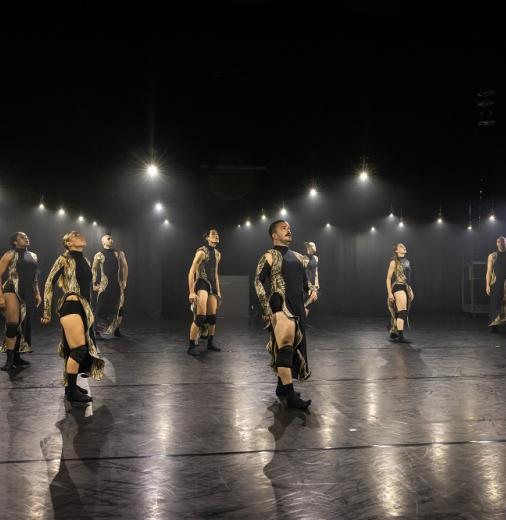
Australian cultural organisations receive performance grants
Newly awarded grants set to put Australian artists on the world stage
Support programs
Displaying 1 - 5 of 5

Arts and Screen Employment Pathways Pilot Program
We invited feedback on the development of the new Arts and Screen Employment Pathways Pilot Program to support d/Deaf and disabled artists and arts workers. This consultation is closed.

Review of the Indigenous Art Code
A review of the Indigenous Art Code is underway to strengthen the protections for Indigenous artists and consumers across the country. This consultation is closed.

Revive: a place for every story, a story for every place
We developed a national cultural policy for the next 5 years following extensive consultation.

National Opera Review
The Australian Government has released a full response to the recommendations of the National Opera Review final report, which examined the artistic vibrancy, financial viability and accessibility of Australia’s major opera companies.
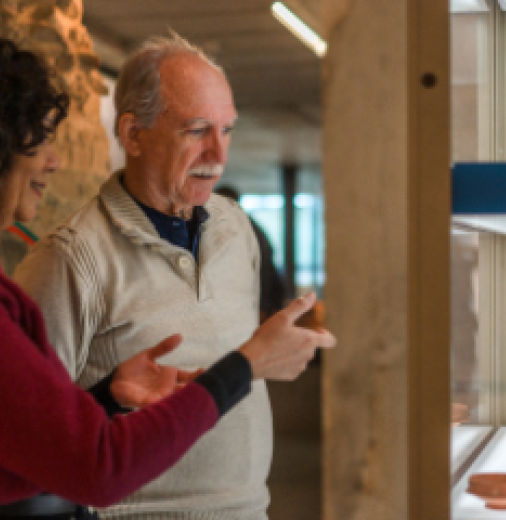
Review of the Protection of Movable Cultural Heritage Act
Shane Simpson AM finished a review of the Protection of Movable Cultural Heritage Act 1986 in 2015.
Funding programs
Displaying 1 - 12 of 12
Displaying 1 - 12 of 359
Support programs
Sign up
Sign up for news and updates from our agency.
Sign up to ART/works
Displaying 1 - 10 of 816
Bronze Age stone weight returned to Pakistan
An ancient stone weight of cultural significance was returned today to Pakistan. 8 Dec 2021 The stone weight was returned to HE Zahid Hafeez Chaudhri, High Commissioner of Pakistan at a ceremony which took place at the High Commission on 8 December 2021. …
NewsAxe heading home to the Philippines
A wood and steel axe of cultural significance has been returned to the Philippines. 19 Nov 2021 19 November 2021 The axe, which dates back to the early to mid 20th century, comes from the Igorot communities of northern Luzon, who still use this type of …
NewsPriceless Incan carving to head home
A priceless Incan carved wooden vessel, known as a canopa, will soon be on its way back to its rightful home in Peru. 4 Nov 2021 A carved Incan canopa that depicts two llamas. It has a rounded hollow on its back, where offerings were dedicated to the care …
NewsVictoria - Jurisdiction Profile
Published: 6 Feb 2018 The Victorian profile provides a comprehensive overview of arts and culture on a range of topics including participation in cultural activities, cultural funding by government, employment in culture, and attendances at cultural …
PublicationPost-Implementation Review — Resale Royalty Right for Visual Artists Act 2009 and the Resale Royalty Scheme
Published: 23 Dec 2019 The 2013 Report for the Post-implementation Review of the Resale Royalty Right for Visual Artists Act 2009 (the Act) and accompanying Scheme examines the first three years and four months of the Scheme's operation. The Report uses …
PublicationIndigenous Languages and Arts Program funded Indigenous Language Centres
Published: 1 Oct 2024 Indigenous Languages and Arts Program funded Indigenous Language Centres—September 2024—PDF (PDF, 411.7 KB) Indigenous Languages and Arts Program funded Indigenous Language Centres—September 2024—DOCX (DOCX, 952.58 KB) … 3121 … 3122 …
PublicationFestivals Australia September 2020 round 11—grant recipients
Published: 23 Dec 2020 List of national summary of projects for Round 11, September 2020. festivals-australia-grant-recipients-national-summary-of-projects-round-11september2020.docx (DOCX, 165.47 KB) …
PublicationIndigenous Languages and Arts (ILA) Program Frequently Asked Questions
Published: 29 Oct 2024 Tips for a competitive application and Frequently asked questions on the Indigenous Languages and Arts Program. Indigenous Languages and Arts (ILA) Program—Open Competitive Grant Opportunity—Frequently Asked Questions (FAQs)—October …
PublicationRISE Fund grant recipients—Batch one summary of projects
Published: 22 Dec 2020 Recipients of the RISE Fund grant. rise-fund-grant-recipients-batch-one-summary-of-projects_0.docx (DOCX, 195.43 KB) rise-fund-grant-recipients-batch-one-summary-of-projects_0.pdf (PDF, 550.42 KB) … 235 … 236 … 237 … RISE Fund grant …
PublicationProject grants—recipients list, round 2, 2022
Published: 23 Nov 2022 project-grants-recipients-list-round-2-2022.docx (DOCX, 247.88 KB) project-grants-recipients-list-round-2-2022.pdf (PDF, 228.92 KB) … 238 … 239 … Project grants—recipients list, round 2, …
Publication


